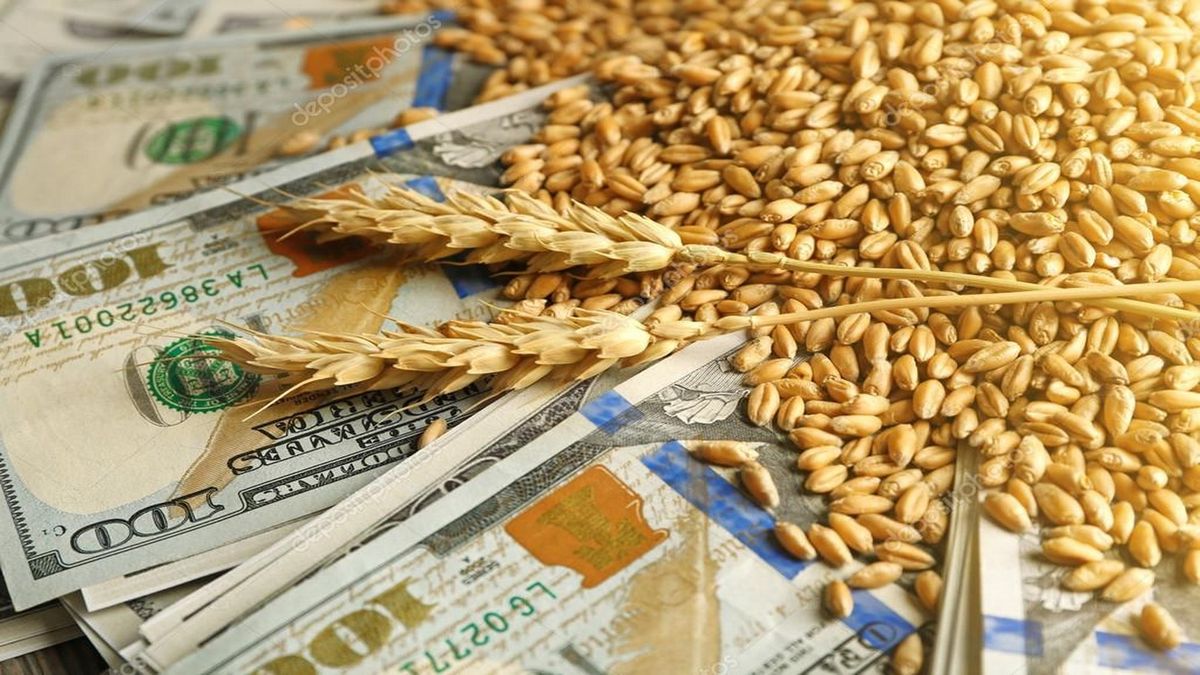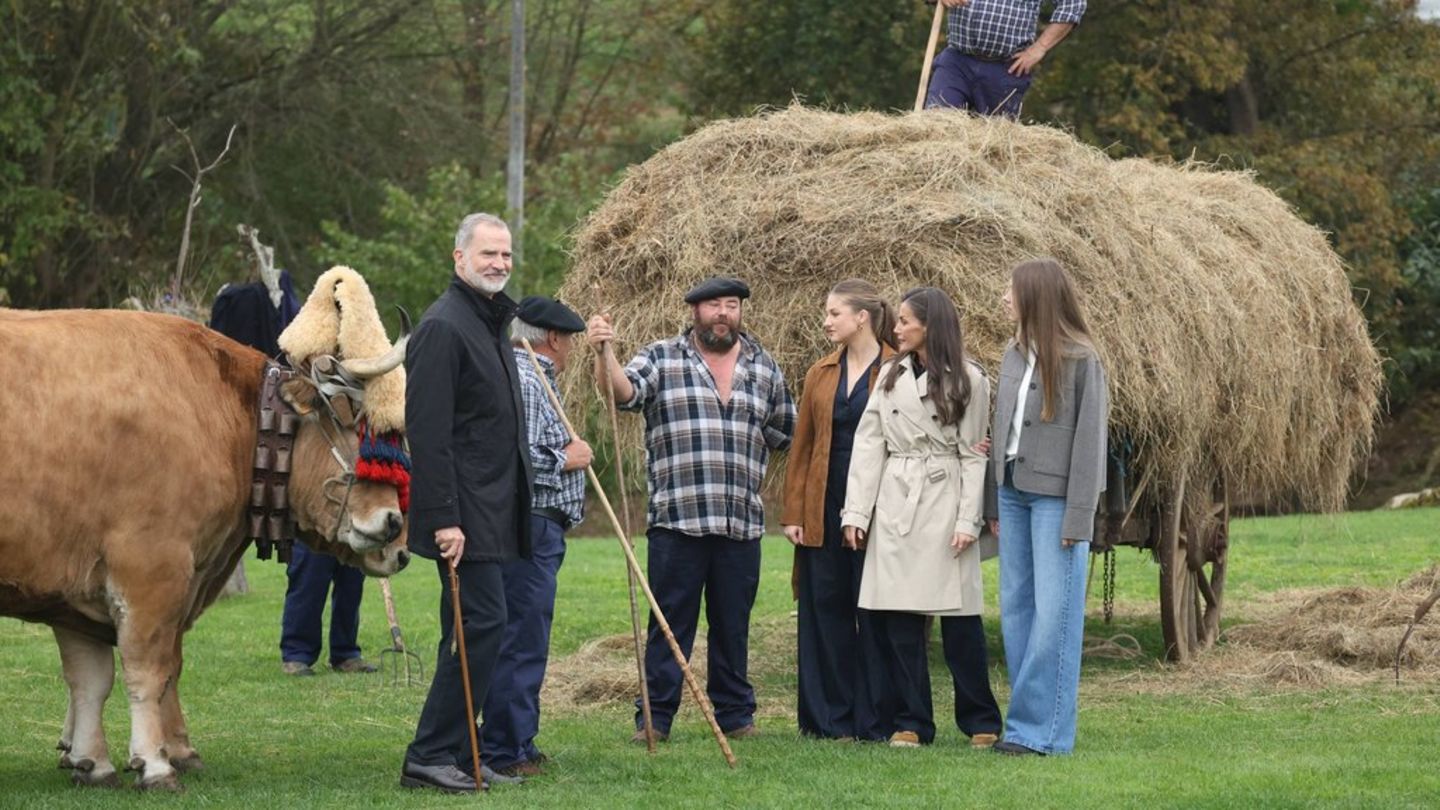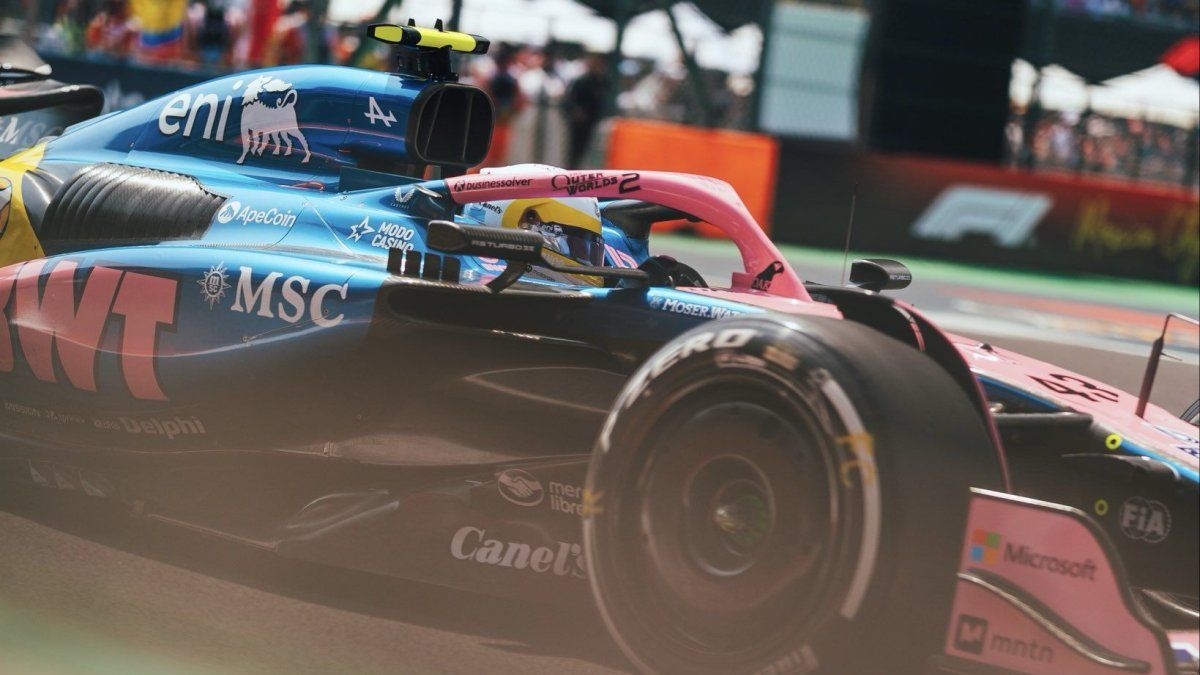In turn, “cAs a consequence of the high cost of inputs (…) we understand that there will be a drop in the use of technology and consequently what we are projecting are yields below the trends of recent years”said Esteban Copati, head agronomist of the BdeC, in a presentation at a congress.
On Wednesday, the Rosario Stock Exchange (BCR) also gave its first estimate for the production of the new wheat campaign, although its calculation was lower: 19 million tons. Argentine farmers have already started planting the first hectares of wheat of the new campaign, Copati said, adding that the BdeC estimates a 2022/23 barley harvest of 5.4 million tons, above the 5.2 million harvested in the previous season.
Esteban Copati, Head of the Agricultural Estimates Department of the Cereal Exchange, stated that the area to be occupied with wheat during this new cycle would reach 6.6 MHa, registering an interannual fall now calculated at -1.5% (2021/22 wheat campaign area: 6.7MHa), while in the case of barley the area would rise to 1.3 MHa, reflecting a year-on-year expansion of 8.3%.
In the report, they assure that the campaign could present limitations in the use of some key inputs, such as fertilizers, given a more unfavorable input/output ratio, which would negatively affect yields.
Consequently, the harvest projection would amount to 20.5 MTn for wheat, reflecting a year-on-year decrease of -8.5%, while a harvest of 5.4 MTn is forecast for barley, a figure that results in a year-on-year increase in 3.8%, explained to a greater extent by the expansion of the planted area.
Under this framework, when presenting the economic contribution figures of both chains, Tejeda Rodríguez, Chief Economist of the Buenos Aires Cereal Exchange, highlighted that exports are expected to decrease by 5% to US$6,236 million during the new campaigndue to the fall in the quantities produced, although they would remain well above the average of recent years.
As a result of the rise in costs, the Gross Product of both chains would also be reduced by 10.5%, standing at US$6,354 million, and US$1,782 million in tax collection would be contributed. It was indicated that this contribution would be limited by current agricultural and commercial policies and the expectation of greater restrictions.
Source: Ambito
David William is a talented author who has made a name for himself in the world of writing. He is a professional author who writes on a wide range of topics, from general interest to opinion news. David is currently working as a writer at 24 hours worlds where he brings his unique perspective and in-depth research to his articles, making them both informative and engaging.




